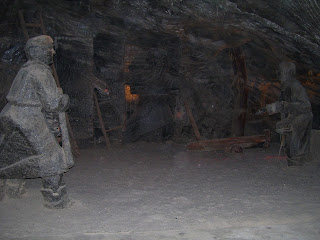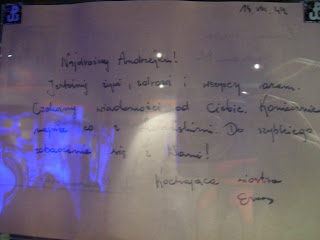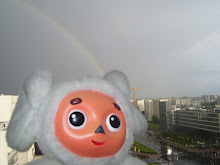

An American in Warsaw offers his experiences and musings on Poland: it's people, places, and culture.



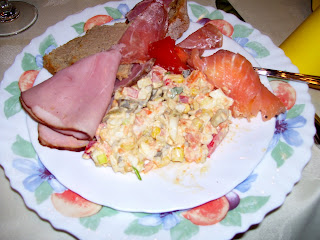




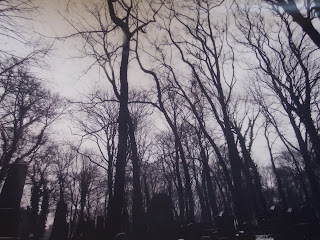
Poland is not really renown for its museums. The city of New York probably has more artwork than the whole country; indeed, the Louvre probably has more (and only displays something like 10% of it's collection at a given time.) Much of it was either burned or looted during WWII and not everything was recovered.
Krakow boasts a beautiful Leonardo Da Vinci (Lady with Ermine), and used to have a Rembrandt (it went missing in the forties.) The Sukiennice also held a nice collection of paintings before it was closed for renovations (it won't be open until 2010.) The Wawel has a very nice collection of Ottoman war treasures that were seized when King Sobieski came to the aid of Vienna in 1683.
The National Museum in Warszawa is worth a visit and is quite sizable. They have a variety of artwork and historical artifacts, ranging from the ancient Egyptians and Greeks to the early Christians of North Africa. They also have a good collection of Polish art. This includes the jewel of the museum (in my opinion) Battle of Grunwald by Jan Matejko.

Kasia in front of Bitwa pod Grunwaldem
One place not to go for museums, is Kazimierz Dolny. The Museums here are worthless, overpriced (the giant museums of Warszawa and Krakow are cheaper) and have collections that are dwarfed by most high schools.
I once read an article about a Polish monk who was offering sexual advice to couples. He said that most of Poland's problems stem, not from communism, but from chauvinism. While women are by no means second-class citizens, I have noticed a distinct difference in people's views on gender roles.
Some of my students are well educated, have been to more places in the US than I have, hold well-paying jobs, and consider themselves modern. Yet they still firmly believe in the traditional roles of men and women. Men are supposed to hold the jobs and support the family, women are supposed to cook, clean and raise the children. One memorably said, "For a girlfriend, it's better to date the pretty, thin girl, but for a wife, it's better to have to woman who can clean, cook, looks OK." Clearly this is almost the opposite of the New American Wife. Women are expected to cook anymore, and finding one that can cook well s considered a snag (only if she's got the personality and the look.) I asked a student what the price of milk was in Poland, he replied, "I don't really know. My wife does the shopping."
Pan Rothstein, my former Polish professor, remarked how marriages between American men and Polish women tended to work out, while marriages between Polish men and American women were doomed to fail. American women are more independent. Many don't want children, can't cook worth shit and aren't really bound to tradition. This mindset is contra to the traditional Polish mindset and so friction can get quite high.
I was lectured on my poor manners when I failed to hold doors open for women. I tried to explain that in the US, most men don't do this. In fact, it can get you yelled at. While it used to be a simple gesture, now it's taken on a symbol of male superiority for some reader. Women don't like to be thought of as weaker (hey, it's no skin off my ass. I get first dibs into the door and I don't have to be polite by holding it open.)




